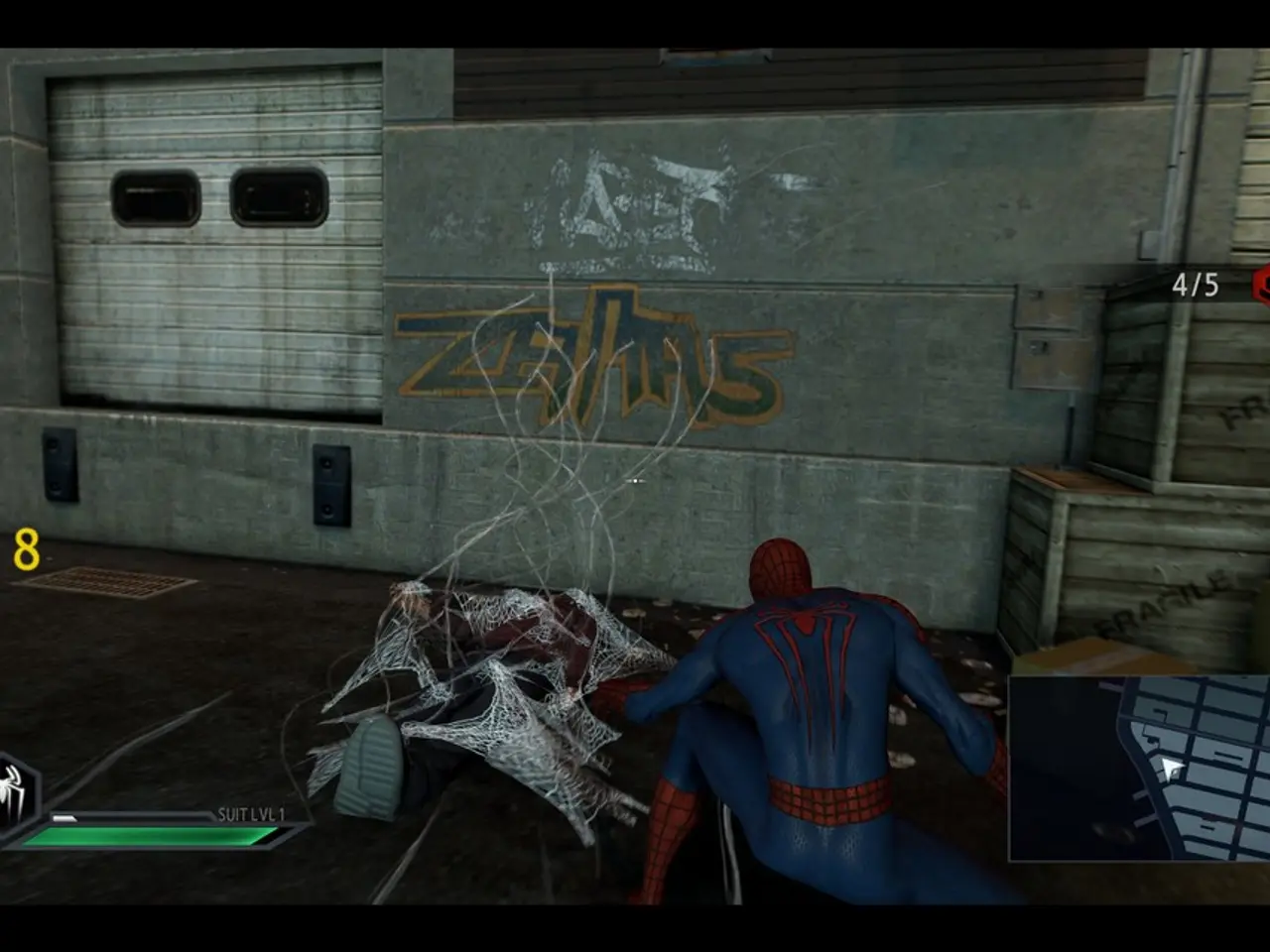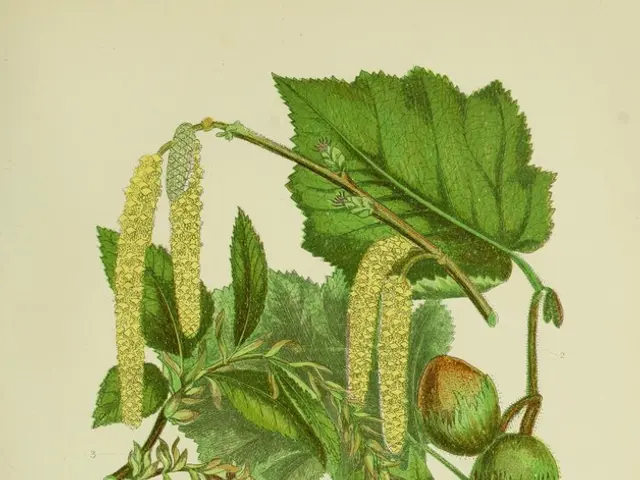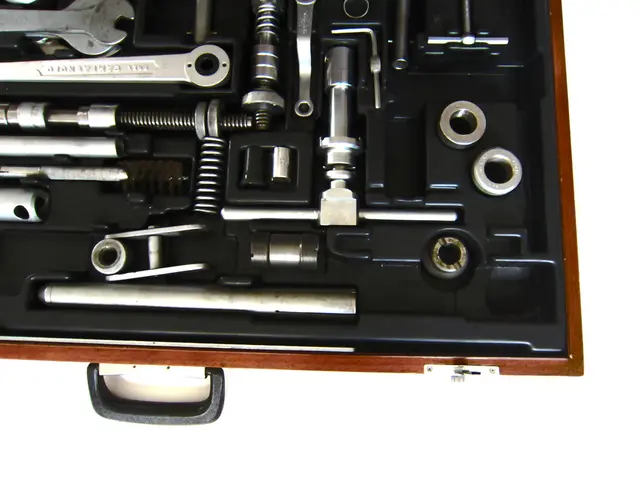'80s Cinema's Top Director Not Spielberg or Scorsese, but John Carpenter, Explained
==========================================
In the decade of blockbusters, iconic directors like Steven Spielberg, Martin Scorsese, Ridley Scott, John Hughes, and Oliver Stone ruled the silver screen. However, a case can be made for John Carpenter as the best filmmaker of the era.
Carpenter's genius lies in his innovative genre mastery, distinctive style, and the lasting influence of his cult classics. He pioneered iconic films such as Halloween (late '70s but foundational to '80s horror) and Escape from New York (1981), which combined dystopian sci-fi with action and social commentary.
Beyond directing, Carpenter co-wrote and scored many of his films, creating an atmospheric, memorable mood. His minimalistic electronic scores are highly influential, setting the tone for many subsequent films.
Films like Escape from New York and Big Trouble in Little China (1986) have become cult classics due to their bold genre-mixing, quirky humor, and unique characters. Kurt Russell's roles in these movies showcase Carpenter's originality, making them enduring favourites.
While Spielberg and Scorsese were known for their blockbuster spectacle and dramatic intensity, Carpenter defined the '80s through underground yet culturally potent films that have a lasting appeal for their creativity and distinct voice.
Carpenter's films from the 1980s were more accessible and had something for everyone. Big Trouble in Little China was a commercial failure initially but gained legendary status by the 1990s. Other notable films include Christine, Starman, They Live, and Assault on Precinct 13.
Carpenter's The Thing, released in 1982, is often considered the best horror movie of all time and the best movie of the 1980s. This remake of the 1951 film The Thing from Another World has been debated for decades about its meaning and ending.
Other films from the '80s in Carpenter's repertoire include Halloween and Escape From New York. These movies, along with Big Trouble in Little China, Christine, Starman, and They Live, are now considered classics.
In contrast, Scorsese's films from the 1980s include The King of Comedy, Raging Bull, After Hours, The Color of Money, and The Last Temptation of Christ. While Scorsese had a great variety of films, they are more for a certain type of film fan.
Spielberg also directed several memorable movies in the 1980s, including E.T. the Extra-Terrestrial, Empire of the Sun, The Color Purple, and Always. He is best known for directing three Indiana Jones movies: Raiders of the Lost Ark, Temple of Doom, and Last Crusade.
The author prefers Temple of Doom to Last Crusade among the Indiana Jones movies. The Thing is a remake of the 1951 film The Thing from Another World, and Christine is now considered one of the stronger Stephen King adaptations.
In conclusion, while the 1980s saw many iconic directors, John Carpenter stands out for his innovative genre mastery, distinctive style, and the lasting influence of his cult classics. He defined the '80s through underground yet culturally potent films that have a lasting appeal for their creativity and distinct voice, making him "the king of the '80s" in some film circles.
- To unwind after a day's work, I often enjoy Carpenter's daily blend of entertaining content from the 1980s, ranging from movies like 'Halloween' and 'Escape from New York' to more light-hearted films such as 'Big Trouble in Little China'.
- For those who appreciate entertainment that transcends ordinary movies-and-tv, I recommend checking out Carpenter's influential filmography from the 1980s, like 'Escape from New York', 'The Thing', and 'Big Trouble in Little China', which are all renowned examples of his innovative genre mastery and lasting impact.





